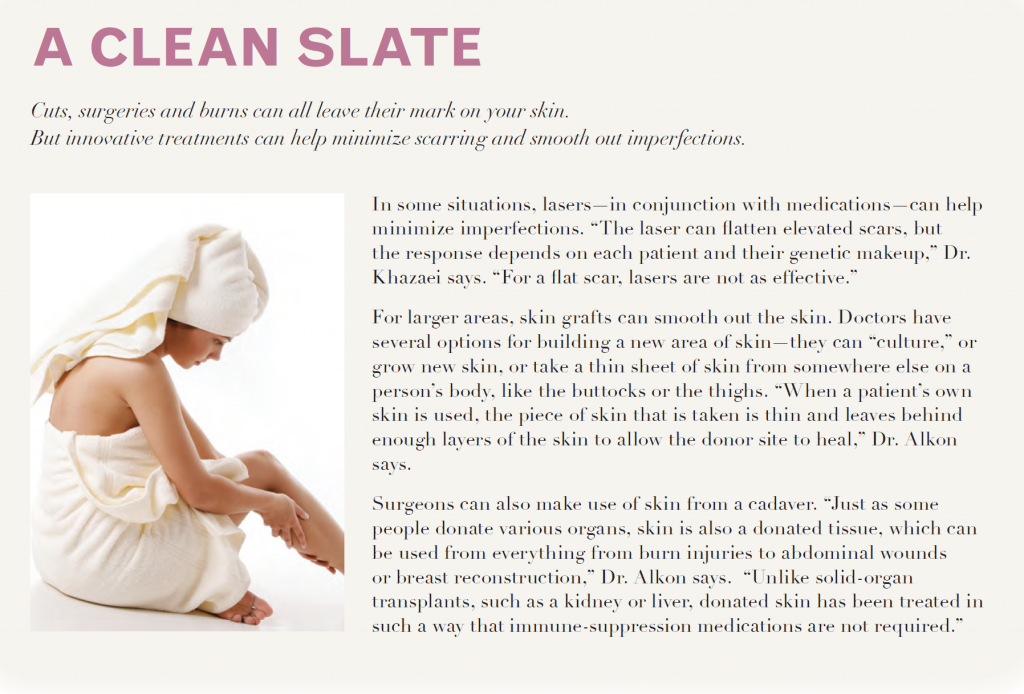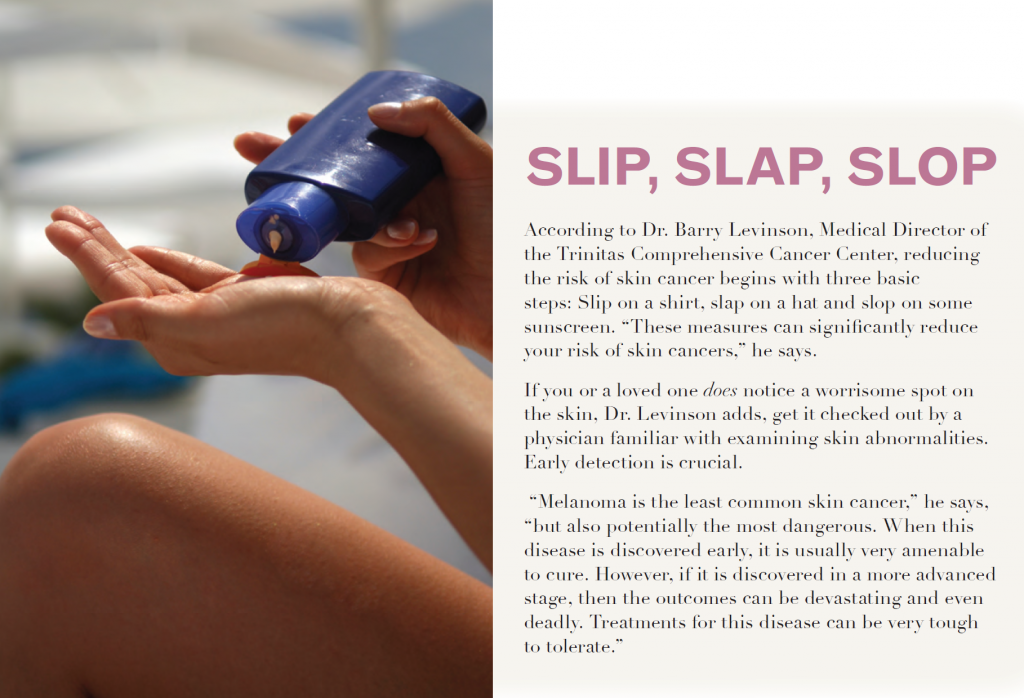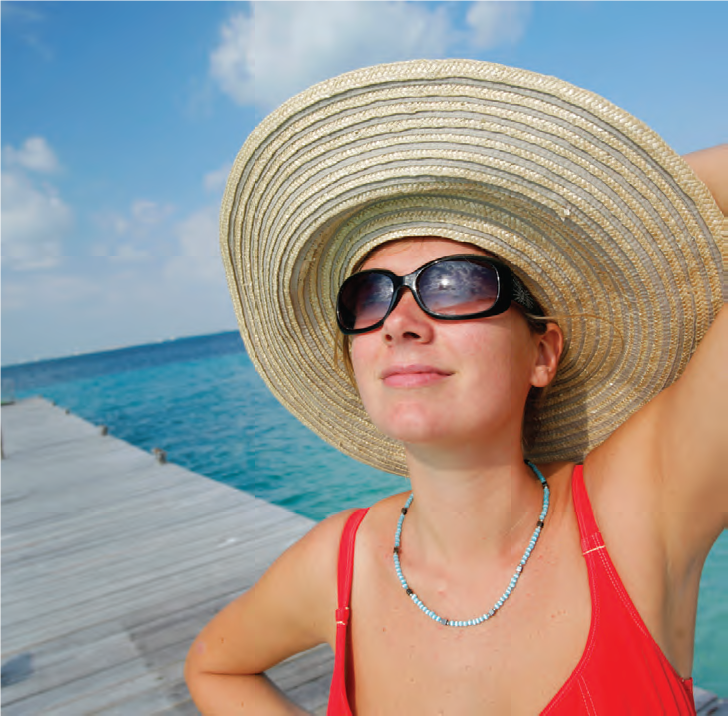Clean living. Prudent diet. Sunscreen savvy. All vital to healthy skin. And all easier said than done.
People spend billions of dollars a year on products that promise to make their skin firmer, fresher and younger. But doctors who focus on caring for the skin insist that the body’s largest organ needs more than over-the-counter potions to maintain its health and radiance—and to do what it was designed to do. “Skin is the protector of our body and the first line of defense,” says Dr. Kamran Khazaei, head of Nouvelle Confidence, the Center for Cosmetic Laser & Rejuvenation. “The first thing that’s affected when you come in contact with pollutants, bacteria and other toxins is the skin—that’s why you have to continually do maintenance on the skin, to allow it to work its best.” Everything we eat, breathe, and do affects our skin, and the results aren’t always pretty—especially when people neglect the basics of skin health.
Here’s how to ensure you protect the skin that protects you. SKIN RAVAGERS While genetics can play a role in how easily you burn or scar, whether you freckle and how soon you show signs of aging, experts say that lifestyle choices have the biggest impact on your skin’s health. Smoking, eating an unhealthy diet, exposure to pollutants and even a lack of sleep and exercise can cause premature aging and other skin problems. “Smoking and a poor diet absolutely damage the skin,” says Dr. Khazaei. “Any type of toxin in the body affects the whole body, including the skin.” But when it comes down to it, sun exposure continues to have the most punishing effects on a person’s skin. “The worst enemy of the skin is the sun,” says Dr. Khazaei. “Everyone thinks they look healthier by tanning themselves under the sun, but that’s the worst thing to do for skin health.” It’s hard to avoid news reports on the dangers of sun exposure, but surprisingly it hasn’t had a huge effect on people’s behavior.
Recent CDC studies have shown that 40 percent of adults don’t use sunscreen, and 70 percent of those who use sunscreen don’t bother to reapply when it’s recommended. It’s the ultraviolet radiation that causes most of the trouble—particularly UVA rays. “UV radiation is a known carcinogen, and is associated with both an increased risk of skin cancer and an increase in skin aging,” says Dr. Joseph Alkon, a plastic and reconstructive surgeon at Trinitas Regional Medical Center, who specializes in treating skin cancers. Unfortunately, many people have taken their desire for darker skin straight to a more dangerous spot—the tanning bed—where UVA rays are three times more potent than in natural sunlight. “There has been a rise in the number of people using tanning salons, including teens and younger patients,” says Dr. Alkon. “More than one million people use tanning salons on a typical day in this country—70 percent of whom are females in their late teens to late 20s.” Tanning bed use, he adds, may put you at even more risk of cancer and other damage.

SAVING YOUR HIDE You may think you’re a lost cause after decades of sunscreen-free sunning at the shore, but there’s still plenty to be done to improve the health—and look—of your skin. Dr. Khazaei uses laser and microdermabrasion treatments to help combat the signs of skin damage. “Laser treatments help regenerate collagen formation to rejuvenate the skin, and can be used to treat freckles and age spots,” he says. “Microdermabrasion removes dead skin cells that are produced by the sun, exposing the younger, healthier skin beneath.” Customized skin care products—like Dr. Khazaei’s own line—can help clear away dead cells and revitalize the skin beneath. But the best protection is prevention—and that means stopping smoking, getting more sleep, eating better, and most importantly, using sunscreen regularly. “Even on a cloudy day, you need sunblock to protect the skin—the rays that cause the most damage can still pass through the clouds,” Dr. Khazaei warns. “If you take care of your skin, it naturally stays younger and lasts longer.”

Editor’s Note: Lisa Milbrand is a New Jersey-based writer whose articles on health and relationships appear in Parents, Arthritis Today and Modern Bride. Her blog themamahood. com celebrates the life of a working mother.





